Soldering is the process through which two or more objects are joined together by melting a non-ferrous metal, called a filler, into the joint. This is done using a soldering iron. The tip of the soldering iron is made of a copper core plated with iron. It is removable and reusable. There are many tips available in the market. We first look at the types of tips available and their uses, sizes, prices, and cleaning procedures.
Types of Soldering Iron Tips
Soldering iron tips have varied uses from creating circuit boards to making jewelry. In this section, we look at the most common soldering iron tips.
1. Conical or B-series Tips
The conical series tips are so named because of their pointed cone-like shape. Since it has a very rounded tip, soldering can be done from any angle, and hence this tip is used for general purposes.
2. Chisel or D-series Tips
The name of the D-series type arises from its shape which is that of a chisel. Just like the conical iron tips, these are used for general purpose soldering. The surface area is larger as compared to conical tips – more heat is transferable from the tip to the electrical component and for a quick DIY, this is the tip you would want to pick. They are especially helpful in soldering thick wires. These tips come in various sizes, so make sure to choose one which is an appropriate size. If you choose one that’s too large, then you may end up having the solder flow from one point to another creating a sort of a bridge. One that’s too small would not help you reach all the points you want to.
3. Knife or K-series Tips
The knife soldering iron tip comes with a slanted tip resembling the shape of a knife. It is great for drag soldering and fixing solder bridges. It is not impossible to do point soldering with this tip, but it is considerably difficult as compared to the other tips.
4. Bevel or C-series Tips
The Bevel or C-series tips are used for drag soldering as it can hold more solder. It has a curved surface, resembling that of a ground-up chalk-piece or pencil. You can spread out solder on the tip and even apply small amounts on various points whether they are far apart or in close proximity.
5. Needle or I-series Tips
The I series or needle type soldering iron tip is very pointed and was manufactured to do very detailed work. It is not suitable for soldering large components as it transfers relatively very less heat as compared to other tips.
6. Specialized Tips
Some manufacturers make specialized soldering iron tips, e.g., the spade tip is used to scrape UV glue off from glass surfaces such as an LCD screen. Tunnel Shape and Spatula Shape Tips are also available from some manufacturers. These Soldering Iron Tips are very useful for SMD work.
Choosing The Right Soldering Tip
Here are some pointers in choosing a soldering iron tip. If you are just learning how to solder, then avoid choosing a conical tip. Beginners tend to apply more pressure aiming to increase the flow of solder – a classic mistake that can end up damaging the board. Choose a chisel tip that is ideal for through-hole, wire, de-soldering, and surface mounts. The following table lists out some popular Solder Iron Tips along with their common applications.
Things to Keep In Mind While Soldering
Avoid using too much pressure as it may damage the tip or the board. Never use brute force on the tip (using it as a screwdriver or to pull up components). If you are a beginner, then use the lowest possible temperature to avoid premature wear and tear. Turn off your soldering station or iron when you are not using it.
Taking Care of Soldering Iron Tips
Poor maintenance of soldering iron tips is the main reason for soldering problems. To make sure that your soldering iron lasts longer, you may consider the following instructions.
Use High Quality Solder
One of the best ways to ensure that your tip lasts longer is to use high quality solder. Low quality solder contains impurities that can build up with use and prevent efficient heat transfer. Choose from good brands and test the solder by melting it at a chosen temperature. Good quality solder melts readily and completely at the recommended temperature. Do read the manufacturer’s instructions to check how the solder is expected to perform.
Maintain Optimal Temperature
Soldering station irons have temperature regulators that can help you maintain the optimal temperature to extend the life of the tip and iron. These regulators adjust the temperature and whenever it falls below or exceeds the range. Some soldering irons have more accurate temperature regulators than others.
Clean Soldering Iron Tips
Before soldering, clean your tip with a clean cloth and some alcohol. This helps remove impurities such as remnants of solder from previous projects, grease, oxidation, etc. If there’s a stubborn piece of contaminant left on the tip, you can use metal wool to gently scrape it off. Cleaning wool does not reduce the temperature of the tip. After cleaning, apply some fresh solder to prevent oxidation. For heavy-duty soldering, you can use a polishing bar.
Use Flux To Prevent Oxidation
To avoid the formation of an oxidation layer, you can use soldering flux. Flux is a substance that dissolves the oxidation layer and it comes in a paste form. It allows you to work without any hindrance. We recommend using a flux when doing wave soldering followed by some intensive cleaning. Alternatively, you can use no-clean flux, which as the name suggests, does not require much cleaning.
Tinning Your Tips
Always tin your tips before and after soldering. To ‘tin’ your tip, just cover it with a thin layer of solder. This is a protective layer that prevents oxidation. It helps the solder wire melt and flows better, increasing the efficiency of the heat transfer. Before you put away your soldering iron, make sure to clean it and place it in the holder. Store your tips in a sealed container. Hope this information has helped you and stay tuned for more! Comment * Name * Email * Website
Δ



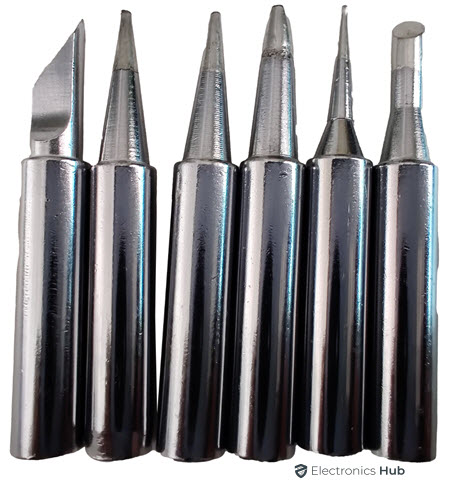
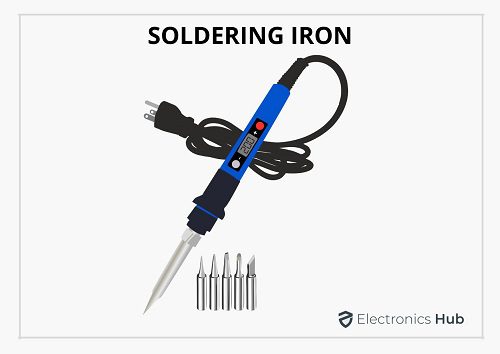
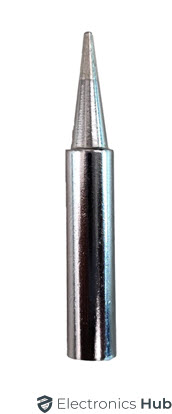
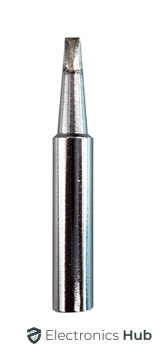
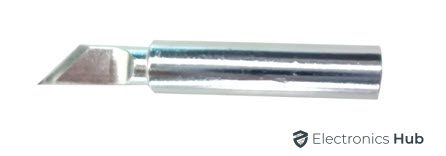
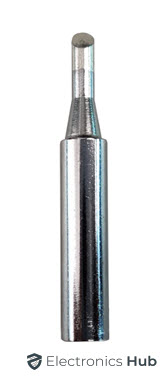
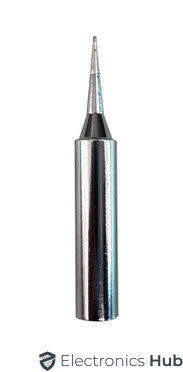
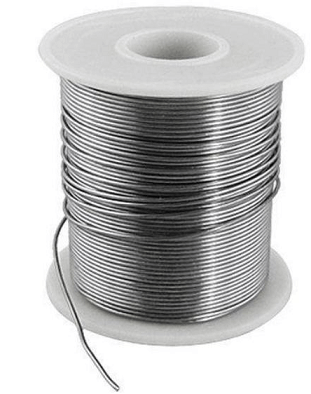
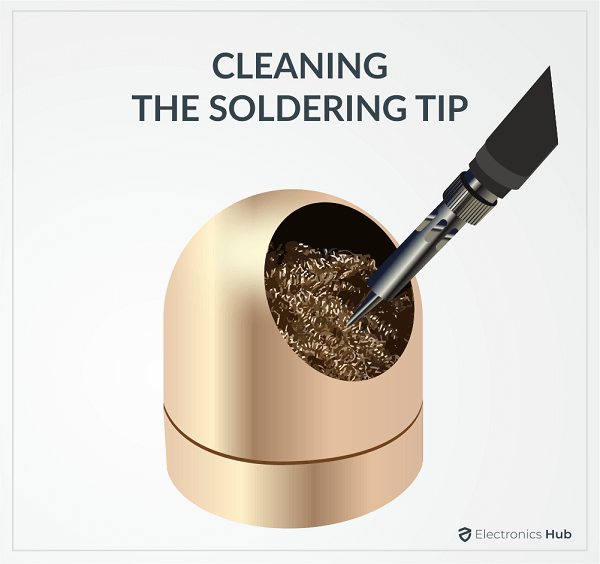



![]()